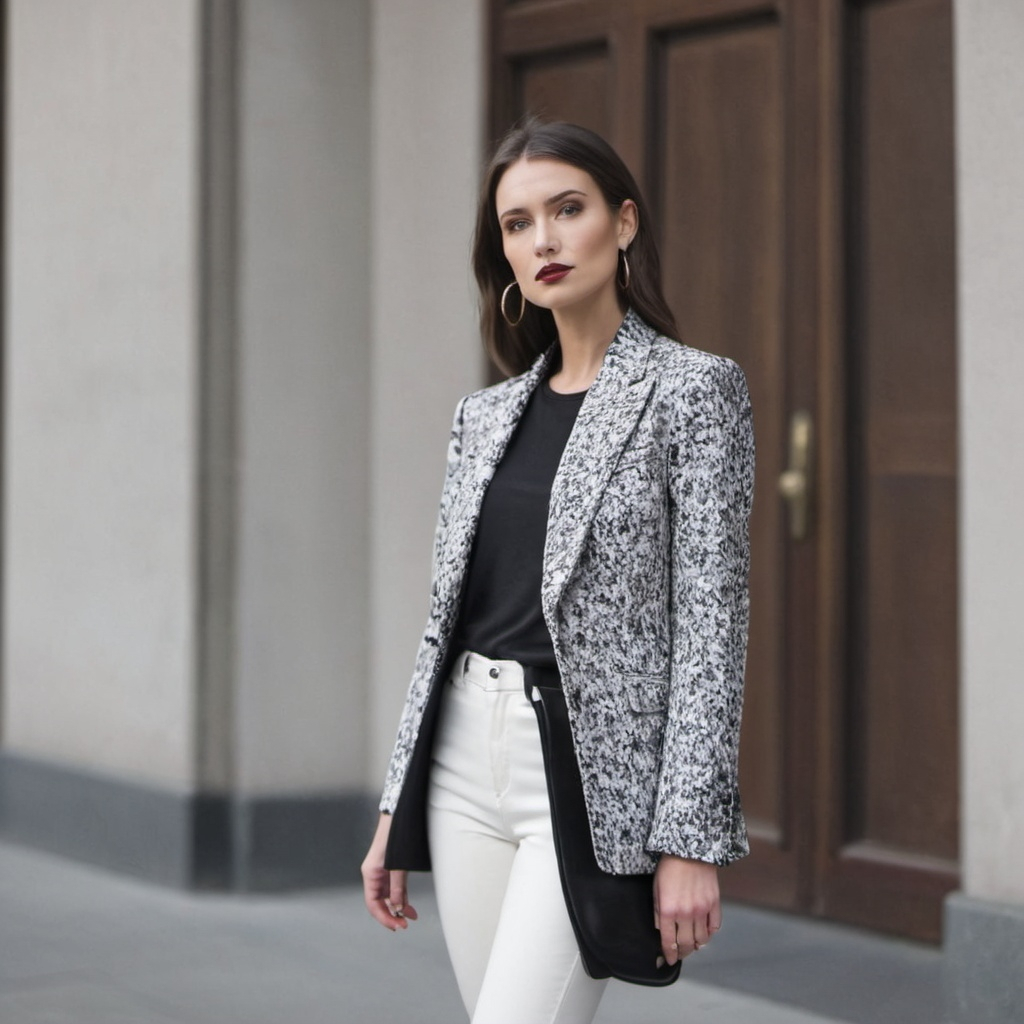A well-crafted fashion lookbook is an essential tool for showcasing your designs and captivating potential buyers. It’s more than just a collection of images; it’s a strategic marketing asset that can significantly impact your brand’s success. Here’s how to create a lookbook that not only impresses but also sells.
1. Define Your Objective
Before diving into design, clearly define the purpose of your lookbook. Are you launching a new collection, promoting seasonal trends, or targeting a specific audience? Understanding your goal will guide every aspect of your lookbook, from its layout to the imagery you use.
2. Know Your Audience
Tailor your lookbook to your target audience. If you’re aiming at high-end retailers, focus on sophistication and luxury. For a younger, trendier crowd, emphasize bold, edgy styles. Knowing your audience ensures that your lookbook resonates with the people you want to reach.
3. Choose a Cohesive Theme
Select a theme that aligns with your collection’s story. Whether it’s a specific season, a cultural influence, or a particular mood, a cohesive theme helps create a narrative that draws readers in. Consistency in styling, colors, and imagery reinforces this narrative.
4. Showcase Your Best Work
Highlight the standout pieces from your collection. Each page should showcase designs that reflect your brand’s identity and potential. High-quality images and thoughtful styling are crucial here. Invest in professional photography to capture the true essence of your designs.
5. Craft Engaging Descriptions
Include brief, compelling descriptions for each look. Focus on key details such as materials, inspirations, and styling tips. This not only provides context but also helps buyers visualize how they can incorporate your designs into their own collections or stores.
6. Prioritize Layout and Design
A clean, well-organized layout enhances the visual appeal of your lookbook. Use ample white space to avoid clutter and make sure your images stand out. Incorporate your brand’s colors and typography to maintain consistency. The design should be visually appealing yet functional, guiding the viewer’s eye through the lookbook effortlessly.
7. Include Contact Information
Make it easy for potential buyers or partners to reach out. Include clear contact details and, if applicable, links to your website or social media platforms. A call-to-action, such as scheduling a meeting or requesting a sample, can also be effective.
8. Opt for Digital and Print Versions
While digital lookbooks are easily shareable and cost-effective, a printed version adds a tangible element that can leave a lasting impression. Offer both formats to cater to different preferences and enhance your reach.
9. Test and Revise
Before finalizing, get feedback from a few trusted individuals within your industry. They can provide valuable insights on how your lookbook resonates and suggest improvements. Revise based on their feedback to ensure your lookbook meets its full potential.
10. Promote Your Lookbook
Once your lookbook is ready, promote it through various channels. Utilize social media, email marketing, and your website to reach your audience. Consider hosting a virtual launch event or sending out press releases to generate buzz.
Conclusion
A fashion lookbook that sells is a blend of strategic planning, creative design, and effective marketing. By focusing on these elements, you’ll create a lookbook that not only showcases your fashion line but also drives sales and builds your brand.
